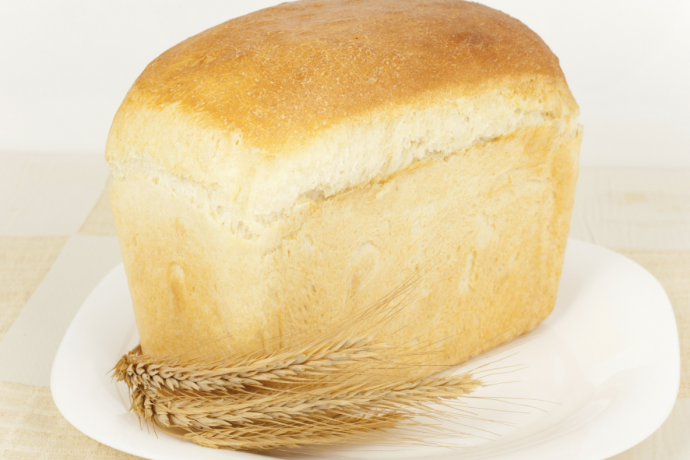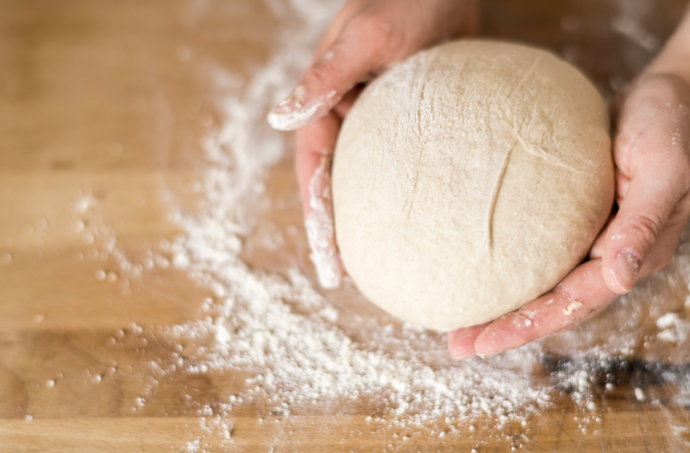No disrespect to that loaf you just bought at the supermarket, but learning how to bake bread at home will change your life. It's a task that may seem daunting. Kneading. Pulling. Waiting. Baking. It's a process that becomes second nature over time, but the hardest part is just sitting down and doing it. Use these bread baking tips to learn how to bake better bread that rises perfectly, has a crisp, golden crust and forms a soft crumb.
1. Crisp Or Soft Crust

For bread, using water in the recipe makes a crispier crust. If you prefer a softer crust, use milk instead.
2. Beating The Brown

If your bread is browning too much in your oven, remove it and make a tent over the loaf with aluminum foil to shield it from direct heat. Return to the oven to finish baking.
3. Healthy Eggs

Want bread that’s lower in cholesterol and fat? To reduce these unhealthy ingredients, substitute 2 egg whites for a whole egg.
4. Flour Fouls

Self-rising and all-purpose flours are not equal. Self-rising flour includes salt and baking powder. To make your own, add 1 cup all-purpose flour to 1-1/2 teaspoons baking powder and 1/2 teaspoon salt.
5. Youthful Yeast

When buying, check the expiration date and always select the freshest available. Yeast loses its strength over time, resulting in delayed rising times.
6. Foamy Proof

If you have active dry yeast, “proof” it to tell if it’s active. To do this, take 1/4 cup warm water, add 2-1/4 teaspoons yeast and 1 teaspoon sugar, then allow the mixture to sit for 5-10 minutes. If it foams, it’s good; if not, throw it away.
7. Doughy Bottom

Don’t leave bread in pans to cool. Always remove from pans and place on cooling racks after baking so air can circulate and prevent sogginess.









lovebyour hints